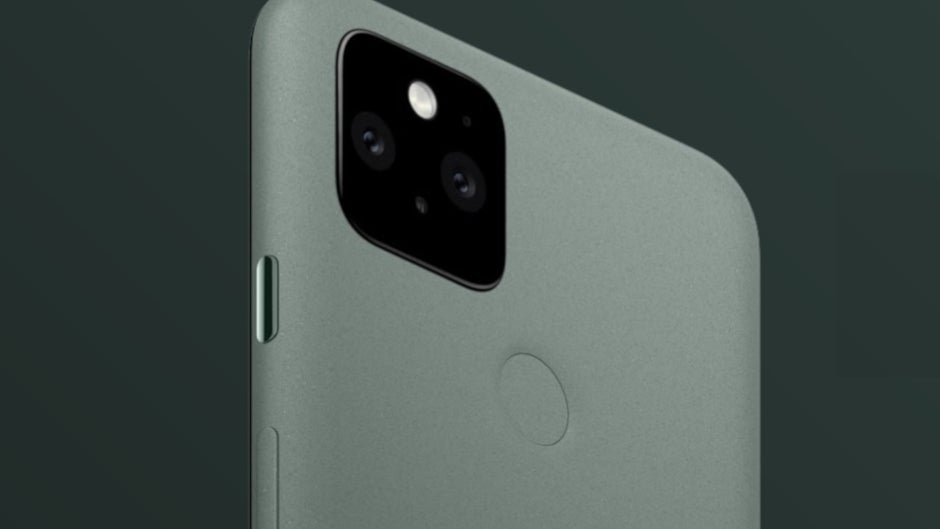Motion Sense will return says Google's hardware chief

In June of last year, an electrifying rumor indicated that Google was going to incorporate its Project Soli radar chip inside the Pixel 4 handsets. Frankly, we were excited because video of the Soli chip in action showed how certain finger gestures could control a device without touching it. For example, rubbing your thumb and index finger together, the motion used to wind a watch or move the watch hands via the crown, could virtually do the same thing without touching the watch.
Motion Sense will return says Google's hardware chief
But when the Pixel 4 series was released last October, the feature, called Motion Sense, was very underwhelming. With a wave of the hand, a user could dismiss a phone call, skip over a song, and turn off the alarm. In other words, Motion Sense was a disappointment. The most useful thing that the feature did was turn on Face Unlock as soon as the system determined that you were reaching for it. This allowed Pixel 4 users to unlock their device faster than iPhone users with Face ID.


It was this past May when we first heard that the Pixel 5 would not include Motion Sense. This was confirmed by yesterday's unveiling of the Pixel 5 which also confirmed the previous speculation that Face Unlock was being replaced by a rear-facing fingerprint scanner. You might think that this would be the end of Motion Sense as Google cut some corners to make the Pixel 5 a more affordable mid-to-upper-range handset. But that is not the case according to Rick Osterloh, the head of Google's hardware unit.
Speaking with The Verge, Osterloh says that Motion Sense will return in the future and added that it just wasn't right for the lower-priced device that Google wanted to build this year. And the good news for those Android fans who really want to see Google build a flagship phone that can go toe-to-toe with Apple and Samsung's finest, is that these comments from the long-time phone executive could be construed as a hint that such a device is in the works. On the other hand, Osterloh didn't actually say anything about using the Project Soli chip in another handset and a recently released set of FCC documentations for a Nest Smart Thermostat includes a 60GHz radar transmitter like the kind used in the Pixel 4 line for Motion Sense.
Trying to decipher Google's actions when it comes to phone hardware is as easy as assembling your kid's new bicycle on his birthday with directions written in a foreign language that you don't understand. The results are going to be unpredictable. But perhaps part of the problem has been consumers' expectations and the expectations of us in the media. The Pixel line has always been about enjoying a clean version of the Android operating system, fast updates, and Google's technology. The latter has given the Pixels a reputation as one of the best phones for photography even during the days when it carried a single camera on the back.
We probably can take a step back and see this as a year of transition for the Pixel which means that Google is at a crossroad here. With only 800,000 Pixel 5 units expected to be produced, even Google doesn't expect much from its phones this year. Google is expected to make 3 million Pixel 4a, Pixel 4a 5G, and Pixel 5 handsets combined compared to the 7.2 million phones (Pixel 3, Pixel 3 XL, Pixel 3a, Pixel 3a XL) it had manufactured last year.
So what is Google's next move in relation to the Pixel? We will be looking out for any clue that might give us a hint about the direction that the company is going to take with its smartphone line.
Follow us on Google News













Things that are NOT allowed:
To help keep our community safe and free from spam, we apply temporary limits to newly created accounts: